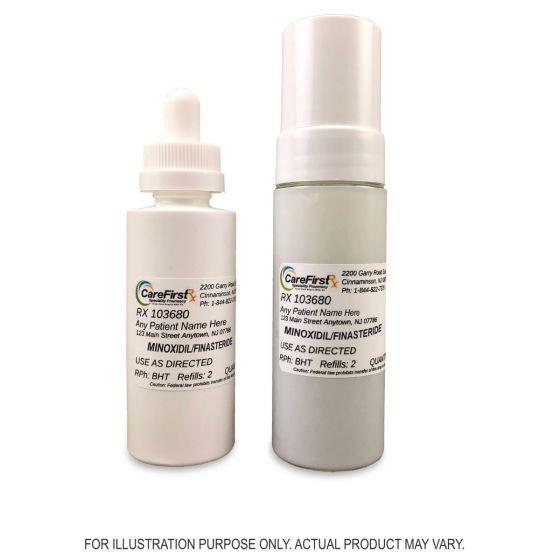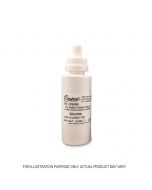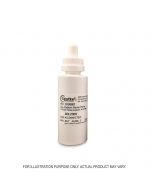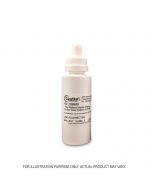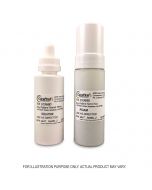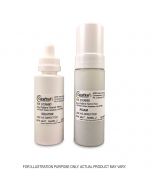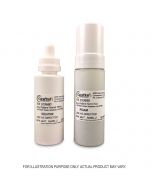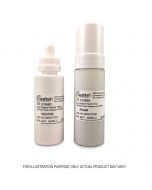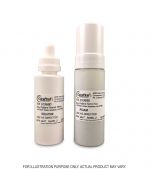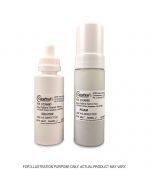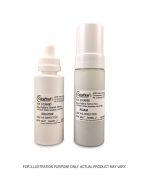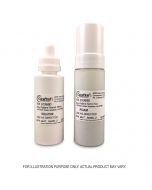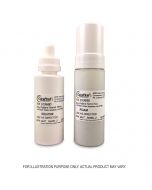Minoxidil/Finasteride Formulations
Hair loss is a common problem experienced by men as they age, but did you know that women can also suffer from hair loss as well? Male or female, you can look to topical compounded medications for help.
What is alopecia?
Scalp hair goes through a natural cycle of growth, rest and shedding. Due to genetic factors or illness, hair can fail to re-grow at a typical rate. Hair loss, or alopecia, can have many different causes. The most common are male pattern baldness (androgenic alopecia), female pattern baldness, endocrine disorders or hair loss secondary to medication side effects. Premature ovarian failure or premature menopause can cause thinning hair or hair loss.
What is minoxidiland minoxidil/finasteride topical?
Minoxidil topical was branded for many years as Rogaine® For Men but is available for men and women in generic compounded preparations. It is a potent vasodilator, promoting improved blood flow to the scalp. While we don’t know exactly how minoxidil stimulates hair growth, it may be linked to improved blood flow to hair follicles, improving their function and stimulating the active growth phase of the follicles.Minoxidil topical preparations are sometimes fortified with finasteride, helping to improve hair density in patients with androgenic alopecia.The other ingredient contained in this solution is finasteride, and it is classified as a 5-alpha-reductase inhibitor. It inhibits the action of the enzyme responsible for converting testosterone (a type of androgen) into dihydrotestosterone (DHT, a more potent androgen which can affect the follicles and trigger hair loss). A reduction in the levels of DHT can therefore help to prevent the balding process from progressing, while at the same time helping to stimulate new hair growth. Patients using this treatment may notice an improvement in hair growth after 4 months of treatment.
Side Effects and Other Important Information
Minoxidil topical may cause side effects such as:
- Scalp irritation
- Headache
- Dizziness
- Unwanted facial hair growth
- Changes in color or texture of your hair
- Swelling of hands or feet
- Chest pain
- Signs of allergic reaction, such as hives, facial swelling or difficulty breathing
If you experience side effects, contact your physician immediately.
If you are pregnant or breastfeeding, please speak to your physician before using minoxidil topical. Only use minoxidil that has been compounded for your individual needs or for your own sex. Women should not use minoxidil for men.
Minoxidil could complicate pre-existing conditions, such as heart, liver or kidney disease. Speak to your physician about any medical issues before starting minoxidil.
Dosing of minoxidil can vary – ask your physician or pharmacist regarding once or twice daily use. If you do not experience improved hair growth within 4 months, speak to your physician or pharmacist.
Under no circumstances should it be consumed orally or applied to anywhere on the body except the area of the scalp affected by hair loss.
Warning:
For external use only
Extremely flammable: keep product away from fire, flame, and do not smoke during and immediately following application.
Keep out of reach of children.
If swallowed, get medical help or contact a poison control center right away.
Use the medication as prescribed by your doctor.
The information provided is not intended to cover all possible uses. This information is generalized and not intended as specific medical advice. If you have questions about the use of your prescription, please contact your prescriber.
References : > Minoxidil topical: https://www.drugs.com/mtm/minoxidil-topical.html > Chandrashekar, BS, et. al, Topical minoxidil fortified with finasteride: An account of maintenance of hair density after replacing oral finasteride. Indian Dermatol Online J. 2015 Jan-Feb; 6(1): 17-20.http://www.ncbi.nlm.nih.gov/pmc/articles/PMC4314881/ > Rossi, A. et. al, Multi-therapies in androgenic alopecia: review and clinical experiences. DermatolTher. 2016 Jul 18.http://www.ncbi.nlm.nih.gov/pubmed/27424565 > Khandapur, S. Suman, M., Reddy, BS. Comparative efficacy of various treatment regiments for androgenic alopecia in men. J Dermatol. 2002 Aug; 29(8):489-98.http://www.ncbi.nlm.nih.gov/pubmed/12227482

